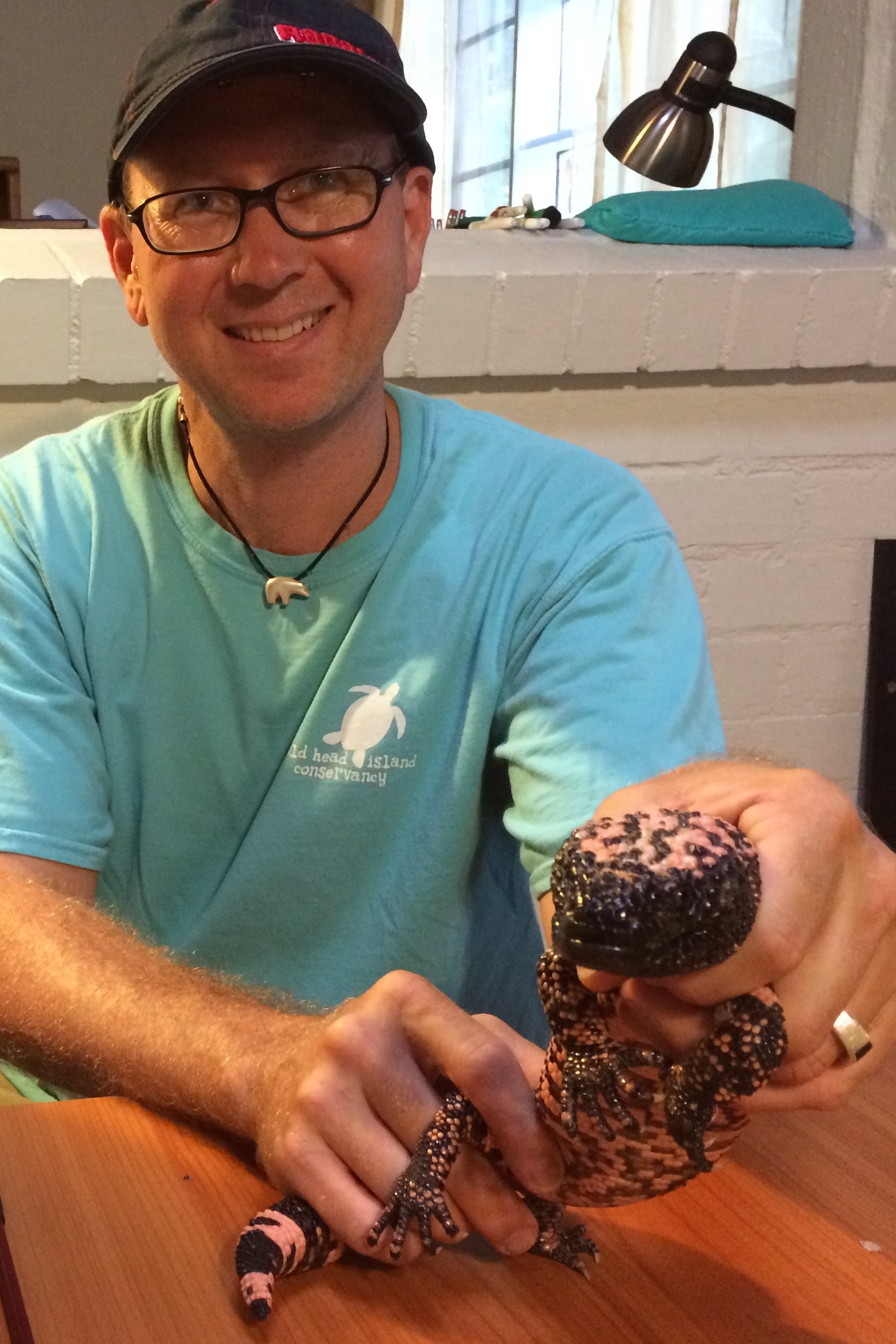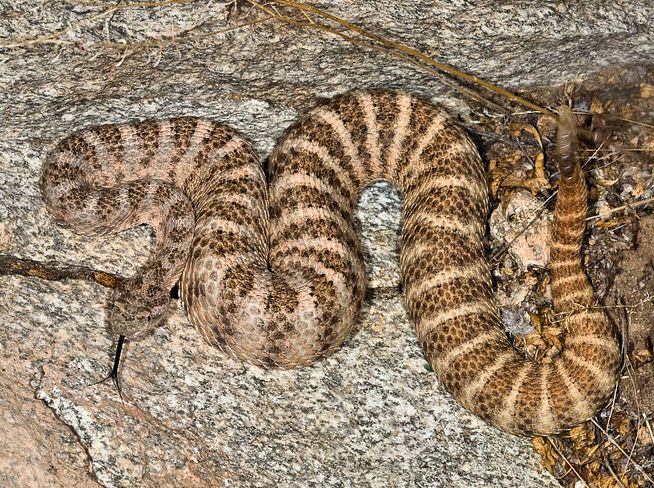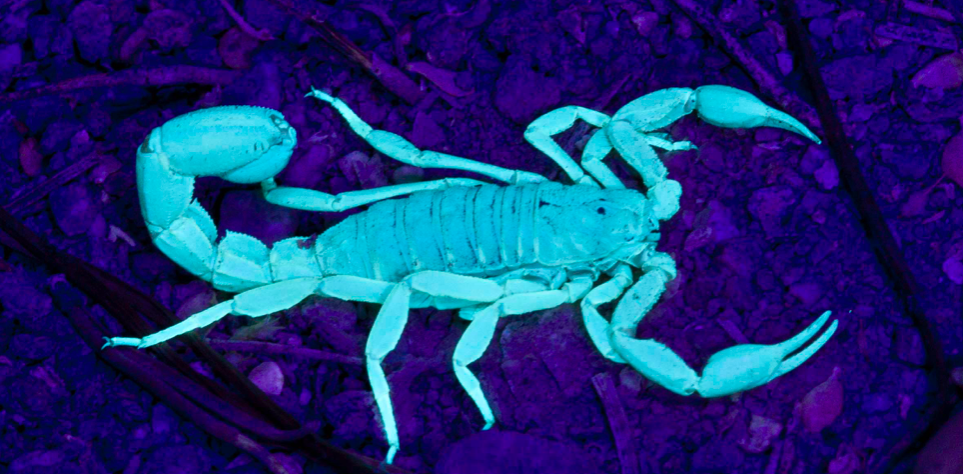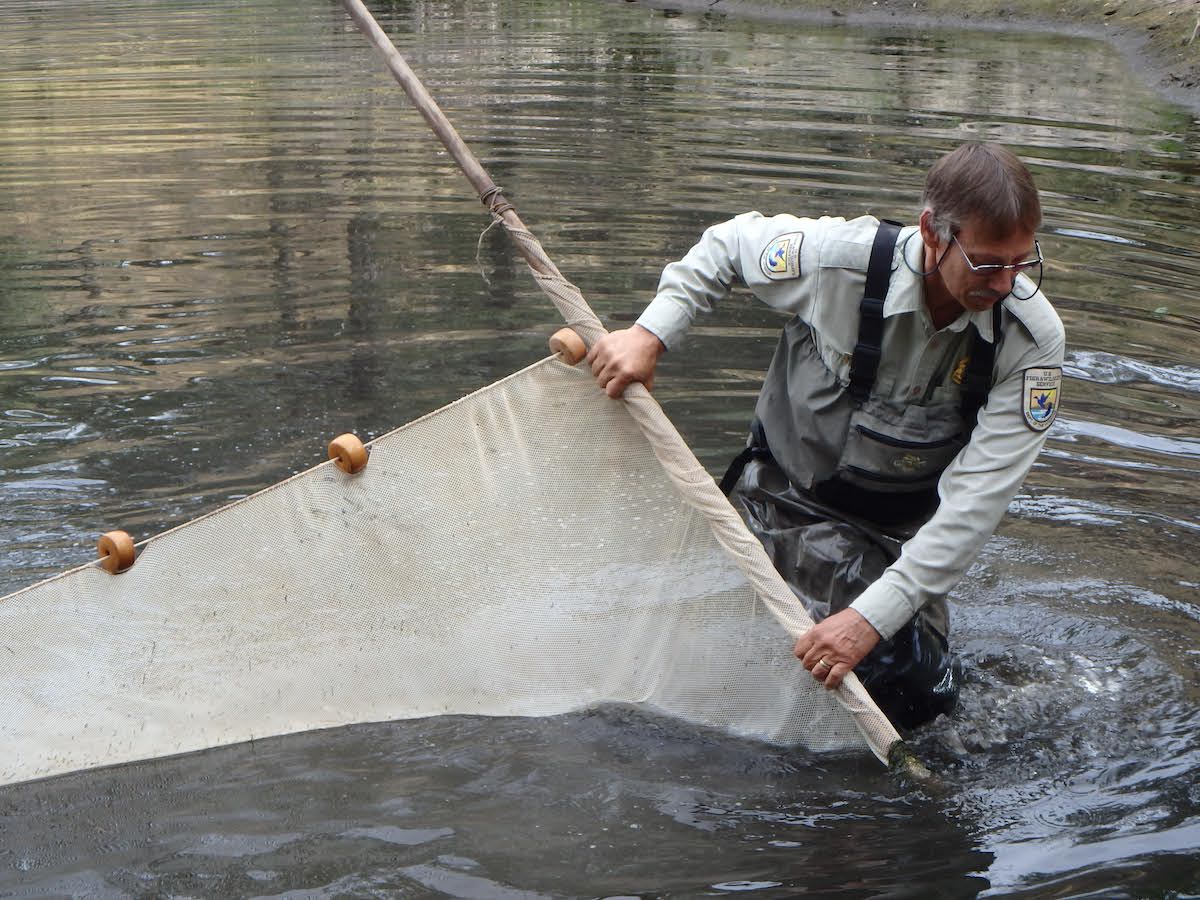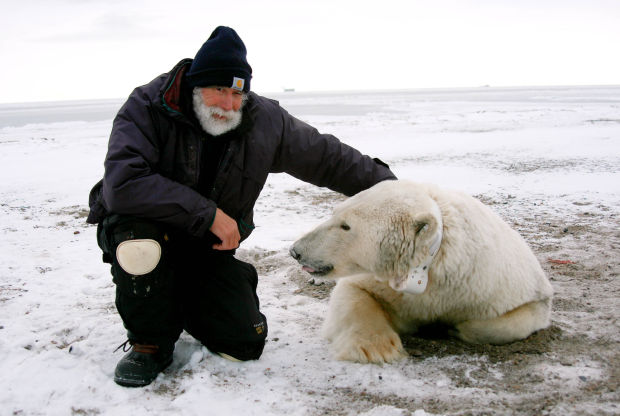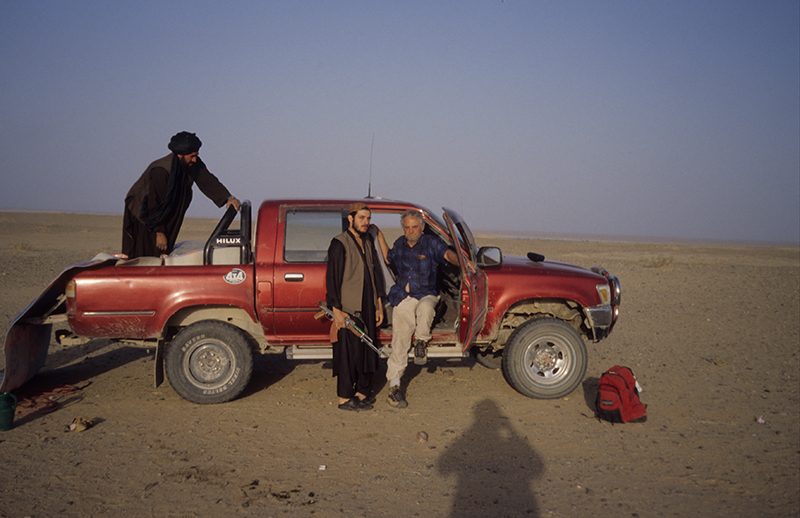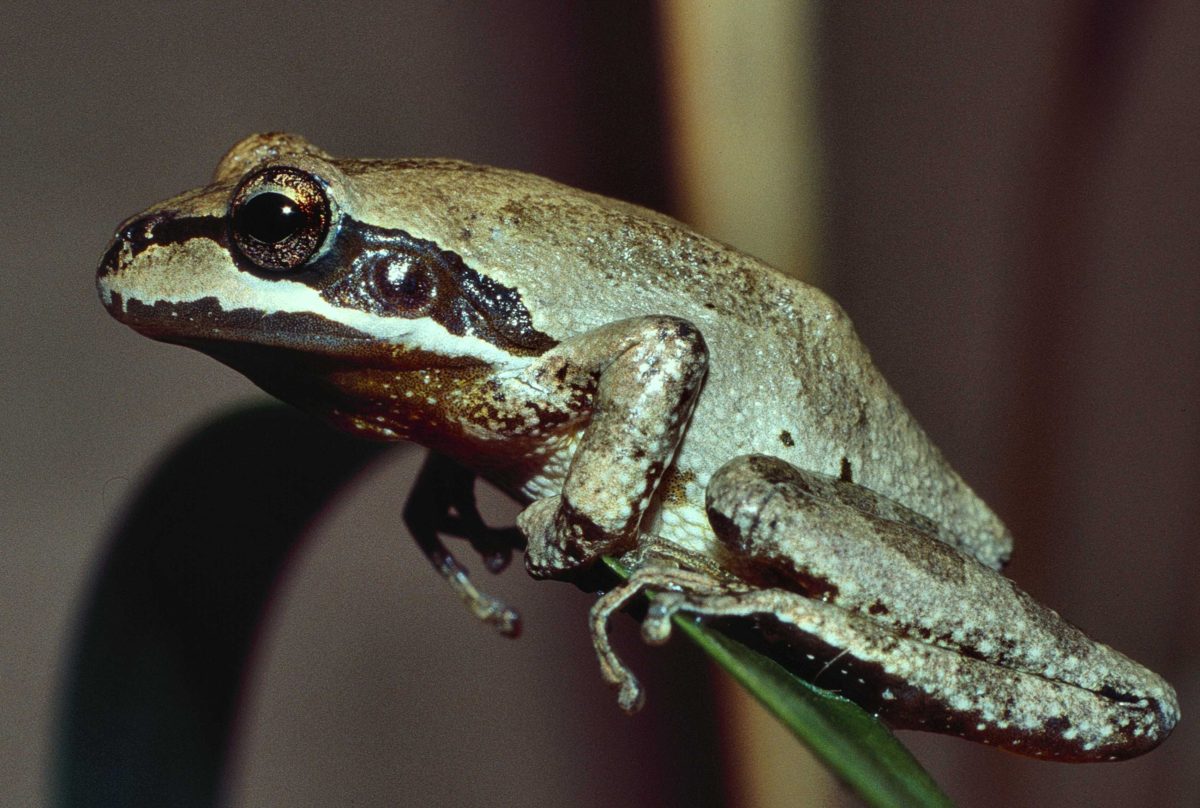August 21 Presentation: Self-Reflections of a Conservation Biologist – Taylor Edwards
Self-Reflections of a Conservation Biologist
Taylor Edwards
Dr. Taylor Edwards, Associate Staff Scientist at University of Arizona Genetics Core, will present a self-evaluation of his research and how his experiences have shaped his approach as he moves forward in the future.
Taylor is a conservation geneticist whose primary research focus for the last 20 years has been the desert tortoise. He was instrumental in revising the taxonomy of this group into what are now three independent species, including the newly described “Goode’s thornscrub tortoise.”
Throughout his career, Taylor has sought out interdisciplinary collaboration and research projects that inform and promote species conservation. In 2019, Taylor was part of an exhibition at the University of Arizona Museum of Art as part of the Next-Generation Sonoran desert Researchers 6&6 Project: Six Artists, Six Scientists—Merging Views of the Sonoran Desert.
With artist Heather Green, he explored an isolated population of chuckwallas near La Cholla, Sonora, Mexico.This transformative experience exposed him to a transdisciplinary approach that has inspired his tactics toward conservation.
About Dr. Taylor Edwards:
Taylor first moved to Tucson in 1992 to work in the Department of Mammalogy and Ornithology at the Arizona-Sonora Desert Museum. This was his first introduction to the Sonoran Desert, and he’s been a passionate advocate ever since. He is currently an Associate Staff Scientist at the University of Arizona Genetics Core where he has been involved with a variety of genetic projects from fish to plants to people, including helping to oversee the public testing for National Geographic and IBM’s “Genographic Project.”
Taylor earned his Bachelor of Arts in Zoology from the University of California, Santa Barbara and then both his Masters and Doctorate degrees in Wildlife and Fisheries Conservation and Management from the School of Natural Resources and the Environment at the University of Arizona. He is a member of the Advisory Board of the Turtle Conservancy, a Scientific Advisor for the Turner Foundation for the Bolson Tortoise Captive Breeding and Repatriation Project and past president of the Tucson Herpetological Society. Taylor also works with National Geographic and Lindblad Expeditions as a “National Geographic Expert” and has accompanied programs to US National Parks, Costa Rica, Panama, Nicaragua, Peru, Ecuador, and the Galapagos Islands.
Meeting Time:
7:15pm
Meeting Place:
City Ward 3 Meeting Room – 1510 E Grant Rd – Tucson AZ 85719
Southeast corner of Grant and Vine between Campbell and Mountain Avenues
Pre-meeting Eats:
Karuna’s Thai Plate – 1917 E Grant Rd – Tucson AZ 85719
Northeast block of Grant and Campbell

